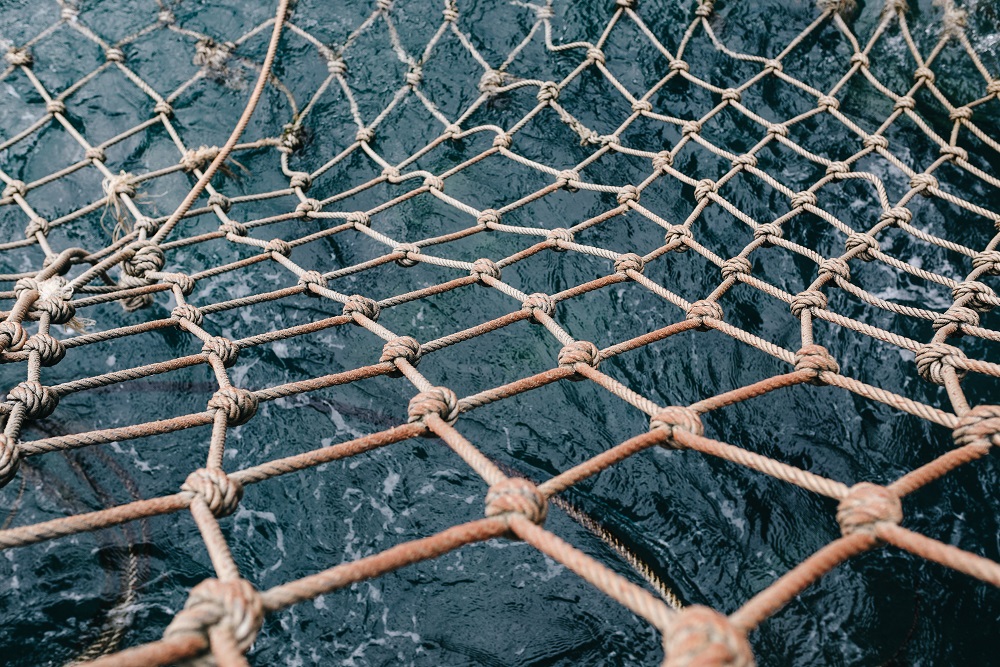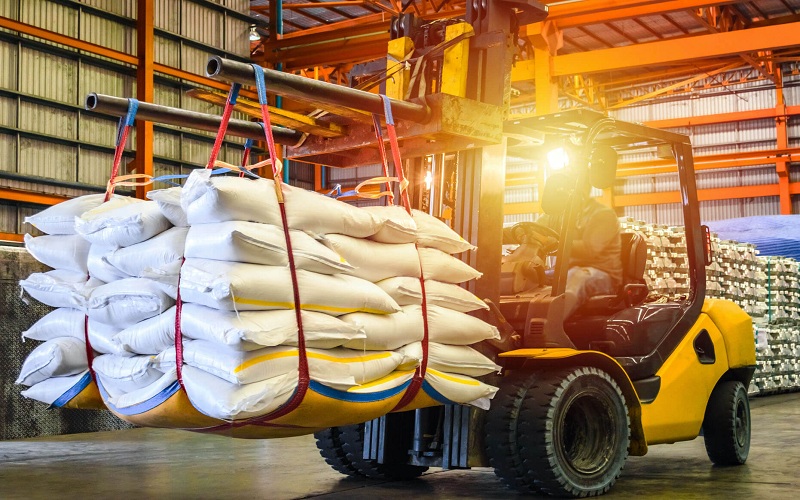If you follow the news relating to things like recycling and the circular economy, you have probably noticed a dichotomy in the plastic space. While curbside plastic recycling has been an abysmal failure, industrial recycling seems to be doing quite well. A case in point is a brand-new wiring harness clip being installed by Ford in some of their new vehicles. The clip is made from recycled ocean plastic.
The company that makes the clips recycles nylon fishing nets from the Arabian Sea and Indian Ocean. These are old nets that are no longer being used. In fact, they constitute ocean waste. Yet they only need to be cleaned, dried, and put through an extrusion process that transforms them into small pellets. The pellets are then turned into plastic parts through traditional injection molding.
A Simple Recycling Concept
Turning fishing nets into wiring harness clips is based on a simple recycling concept: concentrate on a single type of plastic and source that plastic directly. It is the same concept that allows companies like Tennessee-based Seraphim plastics to buy and sell scrap plastic in five states.
Seraphim does much the same thing as Ford’s recycling partner. They buy industrial plastic waste that would otherwise be destined for a landfill. They put the waste through a series of industrial grinders and choppers, transforming it into a product known as regrind. Finally, the regrind is sold to manufacturers of plastic parts.
There are few keys to making it work:
- Separation – Industrial plastic recycling starts with separation. Companies selling their scrap plastic to recyclers do not throw it all in one big collection box. They separate the plastics so that only one type goes into a given load.
- Cleanliness – Recycled industrial plastics need very little cleaning, if any at all. They are not contaminated with substances that make recycling harder. Thus, recyclers do not have to worry about cleaning materials before grinding them down.
- Volume – Industrial recycling works on a large scale due to volume. The more material a recycler can collect and process at any given time, the more money there is to be made.
Making little plastic clips from recycled fishing nets is just the start. There are all sorts of ways that ocean plastic and recycled industrial plastics are being transformed into new products rather than being tossed in landfills.
Clothing, Shoes, and More
Ocean plastic has gotten a lot of attention in recent years. In fact, it has put an entirely new focus on the recycling concept. Genuine concern over the world’s waterways has led to multiple initiatives that now turn ocean plastic into everything from clothing to shoes and designer sunglasses. It all follows the same process.
Plastic waste is retrieved from the ocean and sent for recycling. It is finely ground or extruded to create some sort of manufacturing material based on customer needs. Some of the plastic may be turned into pellets for injection mold manufacturing. Some of it may be turned into flake and then spun into fibers that will eventually become textiles.
So why can’t the same thing be done with the consumer plastics collected from curbside recycling bins? It boils down to two things: contamination and sorting. Residential plastics are almost always contaminated with substances that have to be removed. And because there are different types of plastics involved, they must be sorted as well.
Turning ocean plastic into new plastic products works because there are fewer contamination and sorting requirements. Ford has made it work, and so have many other companies around the world.

 Optimising Employee Transport Management: Top Strategies for Efficient Commutes
Optimising Employee Transport Management: Top Strategies for Efficient Commutes  The Ultimate Guide to Choosing the Right Lifting Slings for Your Project
The Ultimate Guide to Choosing the Right Lifting Slings for Your Project  Easy Steps to Apply Online for Axis Bank Personal Loans
Easy Steps to Apply Online for Axis Bank Personal Loans  Plan a Stress-Free International Trip with Best Foreign Travel Insurance
Plan a Stress-Free International Trip with Best Foreign Travel Insurance  The IPO Process Explained: Steps to Launching a Successful Public Offering
The IPO Process Explained: Steps to Launching a Successful Public Offering  Essential Features to Look for in a Trading Broker
Essential Features to Look for in a Trading Broker  Factors That Influence prices on the Gold Market
Factors That Influence prices on the Gold Market  Personal Loans for Women in India: Empowering Financial Independence
Personal Loans for Women in India: Empowering Financial Independence  Investment and Insurance: The Dual Benefits of Unit Linked Plans
Investment and Insurance: The Dual Benefits of Unit Linked Plans 






